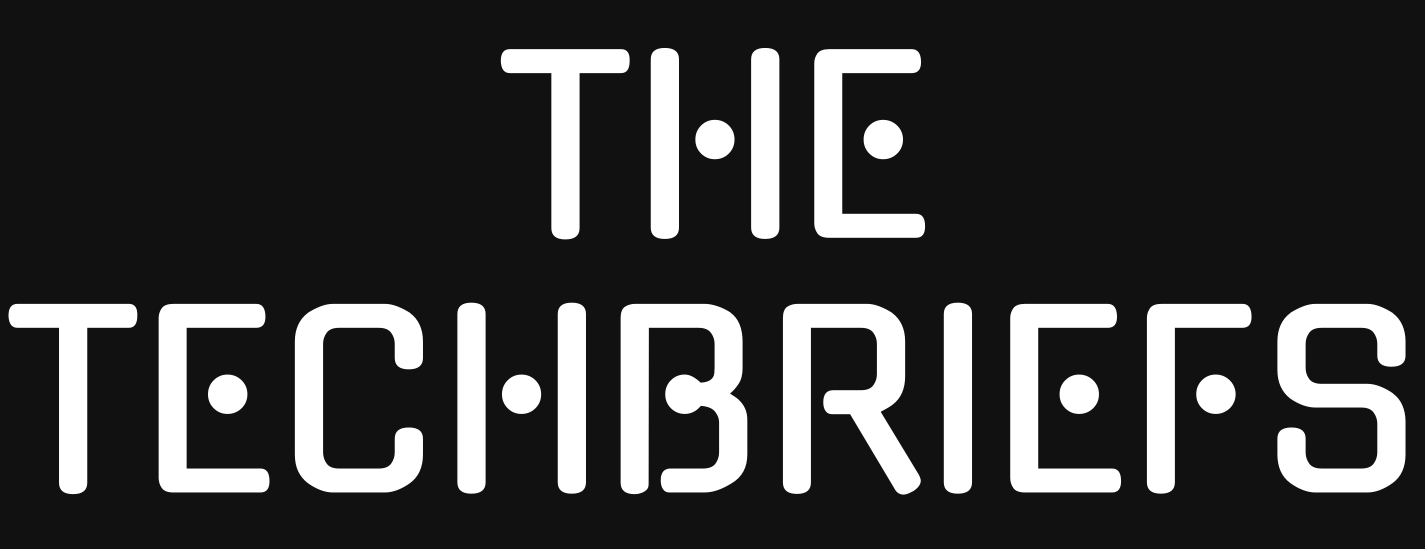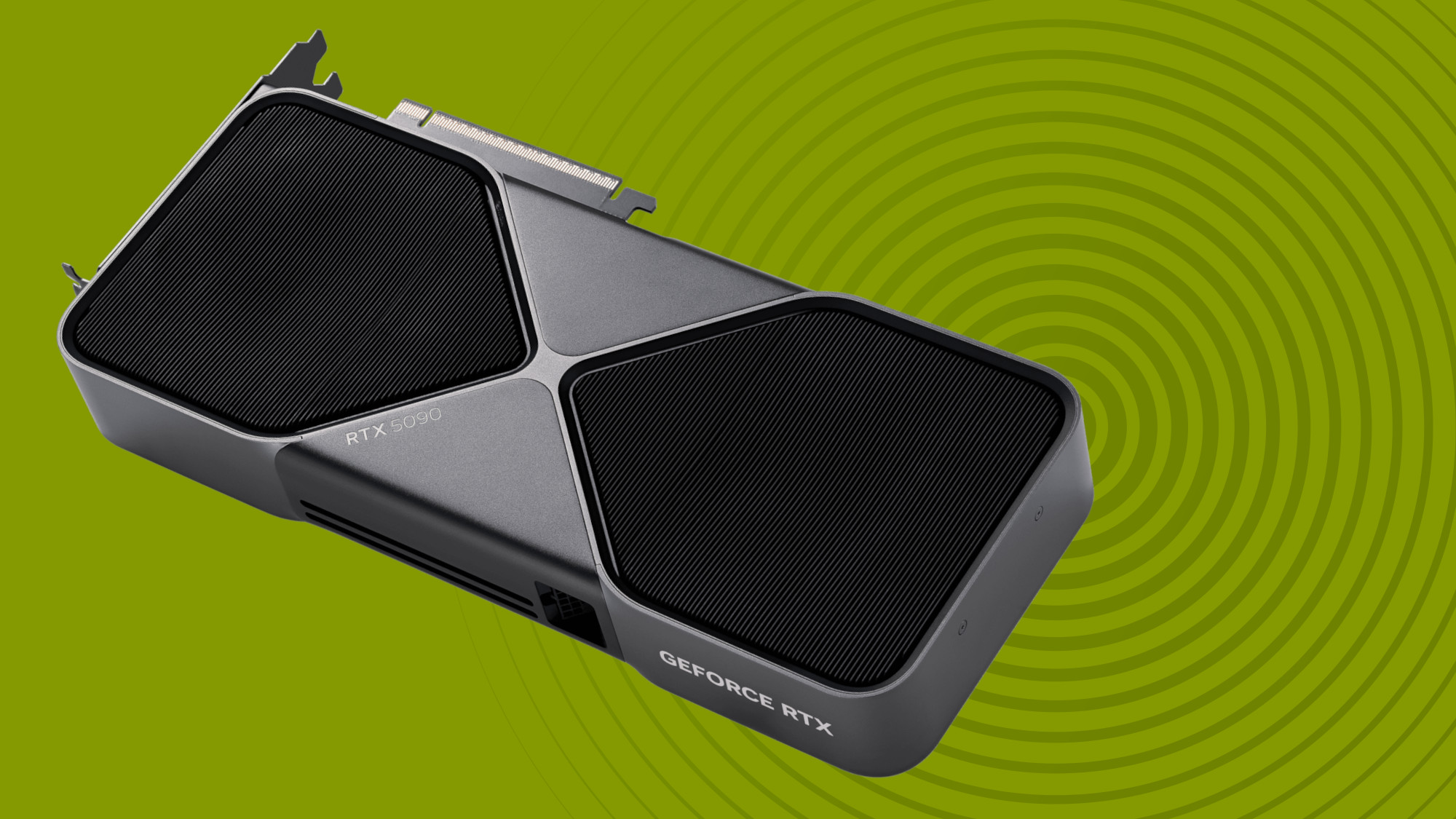The Red Hat Package Manager (RPM) manages software on Linux systems. It uses the .rpm file format and handles package installation, upgrading, and removal. Red Hat originally created it for Red Hat Linux, but now many distributions like Fedora, OpenSUSE, and Ubuntu support it.
RPM packages include GPG and MD5 verification to check authenticity and integrity. They also detect dependencies automatically during build time.
Step 1: Download the RPM File
First, download the RPM file using a browser or with the wget command in the terminal:
wget http://example.com/downloads/mypackage.rpmStep 2: Install the RPM Package
After downloading, install the package using this command:
sudo rpm -i mypackage.rpmIf the package already exists, you use this command to upgrade it:
sudo rpm -U mypackage.rpmRead Also: How to Use SCP Command on Linux
Use Yum to Install RPM Packages
You can also use the yum command to install RPM packages. This command resolves dependencies automatically:
sudo yum install packagenameFor example, you install the Vim editor with this method.
Remove RPM Packages
To remove a package, you can use:
sudo rpm -e packagenameOr you can use yum to uninstall the package:
sudo yum remove packagenameConclusion
The RPM system offers a simple way to manage software on Linux. Many distributions support it. You can install, update, or remove packages using rpm or yum commands. RPM also uses GPG and MD5 to secure packages. When you master these commands, you handle Linux system administration more effectively.
FAQS
What should I do if I get dependency errors during installation?
You should use yum install packagename, because yum automatically installs all required dependencies.
What is the advantage of using yum over rpm?
yum resolves dependencies automatically, while rpm only installs the specific package you give it.
How do I remove a package but keep its configuration files?
RPM does not directly support keeping config files when uninstalling. You need to back up config files manually before removal.
What is the difference between .rpm and .deb packages?
.rpm packages are used in Red Hat-based systems (Fedora, CentOS, RHEL), while .deb packages are used in Debian-based systems (Ubuntu, Debian).



